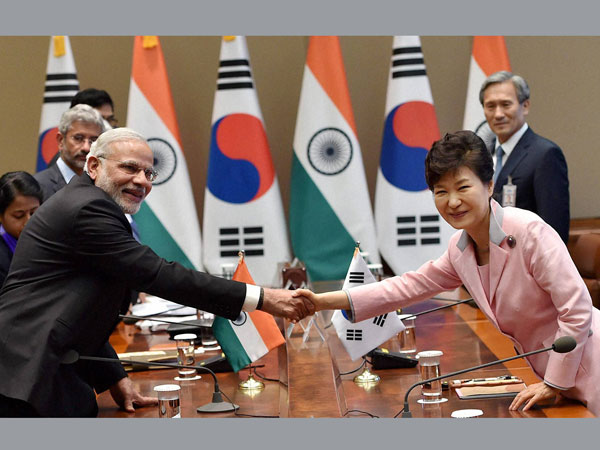Development in Korea, India
Ranjit Kumar Dhawan – The Korea Times
November 14 of this year marked the hundredth birthday of an iconic Korean leader, Park Chung-hee.
Although Park has been criticized for being authoritarian and conservative, it was under his leadership that Korea witnessed rapid economic transformation. It was largely due to the efforts of this man that Korea became an “Asian tiger” economy, and achieved what is known as the “Miracle on the Han River.”
Coincidently, November 14 is also the birthday of the first Prime Minister of independent India, Jawaharlal Nehru. He laid the foundation of India’s democratic ethos and secular principles. Nehru was greatly influenced by socialist ideas and was a staunch modernist. He also shaped the foreign policy of India and pursued non-alignment in international politics.
Despite the differences in political backgrounds and ideologies of Park Chung-hee and Jawaharlal Nehru, there was one thing which was common to both of them. Both leaders started planned economic development and modernization of their countries. The rationale of economic planning was to make maximum use of the available resources and overcome poverty.
The “capitalist developmental state” in Korea under Park Chung-hee established an Economic Planning Board (EPB) in 1961 which was a powerful institution. On the other hand, inspired by the Soviet model of economic development, the administration of Jawaharlal Nehru established a powerful body called the Planning Commission (PC) in 1950.
According to Chalmers Johnson who coined the term “developmental state,” the capitalist developmental state is “plan-rational,” whereas the socialist system is a “plan-irrational” model of economic development. Therefore, Korean economic planning was rational, whereas the Indian model of economic planning was irrational.
Also, the strategy of economic development in Korea and India were fundamentally different. In Korea the planning was for the promotion of labor intensive industries for export oriented economic development. But in India it was for the promotion of mass manufacturing for import substitution industrialization. The economic policies in Korea and India were also greatly influenced by the international politics of the Cold War.
Korea lacked most of the natural resources required for the manufacturing sector so it strategically used its comparative advantage of skilled human resource to promote labor intensive industries. On the other hand, India has plenty of natural and human resources but it failed to successfully utilize its comparative advantage.
Decades of economic planning produced vastly different results in these two countries. Korea became an export oriented country, whereas India became an import dependent country with a huge trade deficit. According to the World Bank, in 2013 the GDP per-capita in Korea was more than seventeen times that of India.
However, the EPB was dismantled by the Kim Young-sam administration in 1994 and the PC in India was dismantled by the Narendra Modi government in 2014. In both countries economic planning came to be regarded as obsolete and a symbol of the centralization of power. Economic planning has been replaced by economic globalization in both countries.
But the governments in both countries still pursue the developmental objectives through new strategies. Korea under the Park Geun-hye administration started the promotion of the “creative economy” to boost declining exports and the dwindling economy. In India also, the Modi government has initiated the “Make in India” campaign to encourage manufacturing industries and reduce dependence on the import of goods from foreign countries.
Therefore, although the institutions of economic planning in both Korea and India have been abandoned, the role of governments in both countries remains crucial for economic development in the era of globalization.

























































